We’ve gone from horse-drawn carriages to steam engine-powered transport, that eventually brought us to machines propelled by internal combustion engines. And now, we’re about to approach the next milestone in mobility: self-driving cars. The question is, are we ready for the future?
Advances in automotive technology have resulted in cars that are increasingly more reliable, efficient and intelligent with each generation; thus far, the only real problem with every iteration is the nut holding the wheel, as it were.
But what if cars could be designed and engineered to run on its own, without human intervention? Cars that react faster and think smarter, able to learn and adapt to changing conditions without the baggage of bias.

Enter the self-driving car, likely the next phase in our endless quest for motoring nirvana. While the components in these machines are primarily intended to minimize human error, there’s bound to be a learning curve.
After all, the idea behind these autonomous automobiles is about relinquishing control, and humans are generally wary about entrusting their lives to something they have no control over.
The sophistication of the idea notwithstanding, self-driving cars are not by any means perfect, and the worst-case scenario will still require a human operator to step in and avert a disaster.
To prepare for this consequence (or at the very least understand how it can be avoided), let’s look at the various elements that make up such a “smart” car provided by Philkotse.com.
1. Central Processing Unit (CPU)
The brains of a self-driving car, the CPU receives the information sent by both the internal and external sensors and calculates the best course of action to take based on the combination of these variables. A CPU needs to process all that data at speed, which is crucial for a self-driving car to quickly react and adapt to changing conditions.
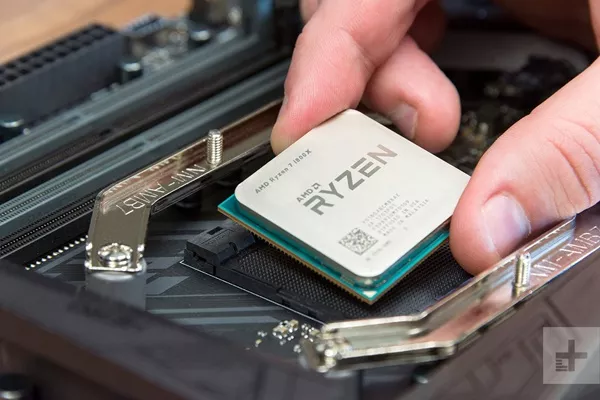
CPU receives the information sent by both the internal and external sensors and calculates the best course of car action
>>> Read more: CES 2019: Self-driving cars, electric vehicles, connected technologies & more.
2. Global Positioning System or GPS
Once the realm of scientific and military applications, GPS has reached mainstream use. This is due in large part to the availability of standalone GPS devices for recreation (such as those used in handheld receivers), as well as being built into smartphones and automobile head units.
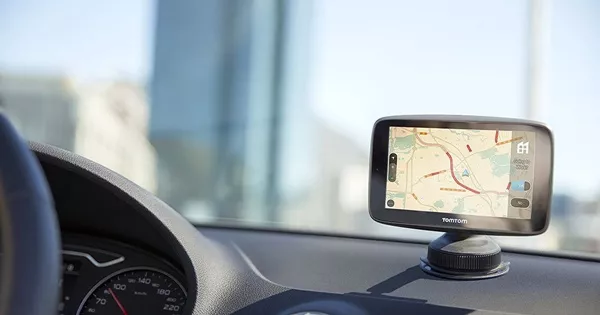
Once the realm of scientific and military applications, GPS has reached mainstream use
Auto-pilot mechanisms use GPS to accurately pinpoint the vehicle’s location, speed, and direction at any given time.
3. Ultrasonic sensors
The car’s exterior carries an array of ultrasonic sensors, similar to the front and rear parking devices that aid drivers. These sensors warn the system of potential hazards surrounding the vehicle, helping the car decide on the best use of the adaptive cruise control and autonomous electronic brake as needed.
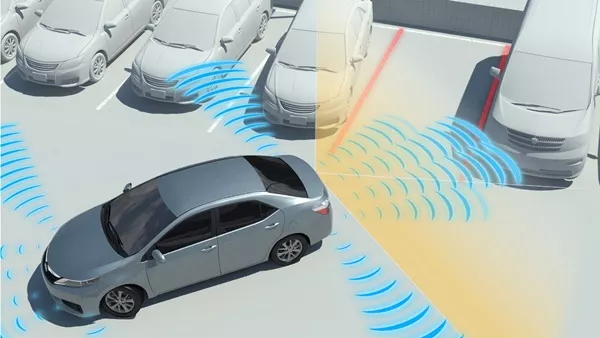
The car’s exterior carries an array of ultrasonic sensors, similar to the front and rear parking devices that aid drivers
The speed at which these sensors send feedback in real-time is crucial for the autopilot to make sure that the car doesn’t collide with anything or anyone else on the road.
4. LIDAR (Light Detection Radar System)
One of the latest automotive innovations is LIDAR, that uses ambient light pulses to form images that could be relevant to the driving experience, such as potential obstructions or hazards.
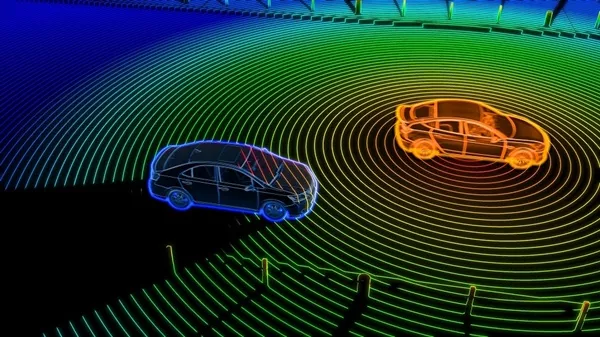
The light detection radar system is what you need for self-driving cars
LIDAR adds to the information being processed by the autopilot system, enabling it to decide on the best course of action more effectively.
5. Video cameras
Video cameras are nothing new as far as humans are concerned, and these are used to gather and convey visual information from the vehicle’s immediate surroundings, mounted on strategic areas of the car such as the front, back and on top.
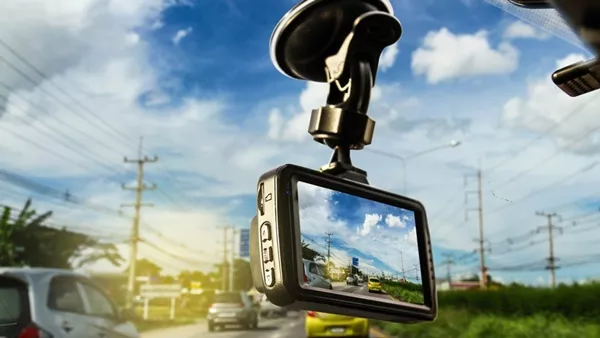
The cameras will help drivers have better look around the car
This visual feedback provided by these backup cameras complement the other sensory data transmitted by the vehicle’s sensors, as well as enhancing the human operator’s line of sight to minimize or eliminate the risk of blind spots.
6. Radar sensors
Several radar sensors are integrated into the chassis of the car, working with the other feedback systems to produce a more accurate picture of the car’s environment.
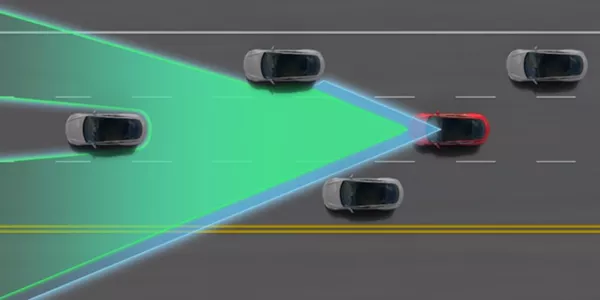
Several radar sensors are integrated into the chassis of the car
7. Wheel encoder
This device measures the speed and acceleration of the vehicle. The information it relays will help the CPU determine whether it is necessary for the vehicle to increase, decrease or maintain its present speed.
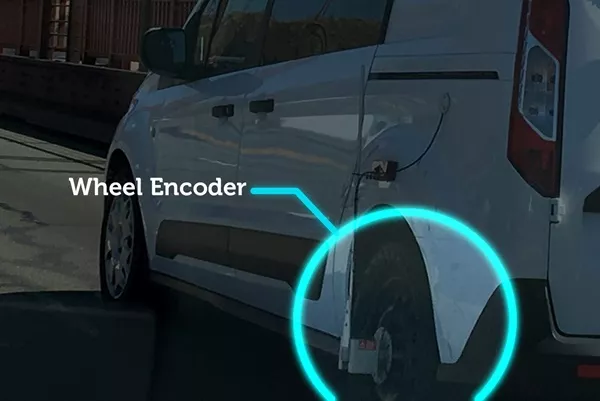
This device measures the speed and acceleration of the vehicle
8. The human driver
This might sound unexpected, but the human driver is still a relevant part of the system, serving as the last resort if the onboard system on a self-driving car should fail.

Needless to say, the human is still relevant to the system
As mentioned earlier, self-driving cars are not perfect; there have been reported instances of these machines failing at one point or another, resulting in damage, injury, even death.
Part of understanding the notion of self-driving cars is appreciating that they are not infallible and that due diligence on the part of intervening human operator is necessary to safely and successfully override the system and avoid anything untoward.
Recent posts
- 5 things you might not know about biometric systems in cars Aug 12, 2019
- Become tech expert to decrypt biometric seat technology Aug 09, 2022
- An Uber self-driving car kills a pedestrian in Arizona Mar 21, 2018
- Google’s self-driving car sparking historic change Nov 09, 2017












